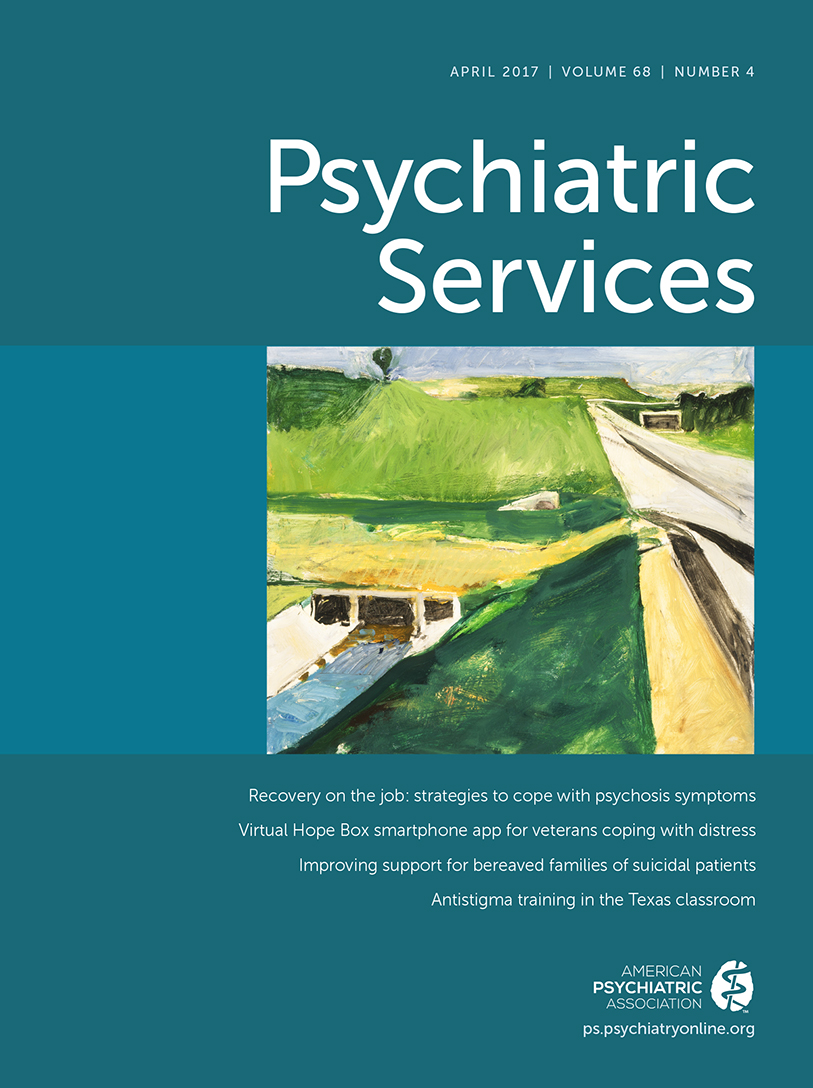IN REPLY: Herbst and colleagues identify some of the steps taken in the multifaceted approach being pursued to address the opioid epidemic. They note some of the policy responses designed to increase access to treatment for opioid use disorder (OUD) and highlight the Prescription Opioid Safety Team (POST) used by the San Francisco Veterans Affairs Healthcare System to evaluate, educate, and treat individuals with possible OUD.
We agree with their perspective that opioid-related hospitalization represents an opportunity to intervene with patients who have OUD. The Substance Abuse and Mental Health Services Administration (SAMHSA) has supported recent research that has shown that engagement with outpatient substance use disorder treatment after an opioid-related hospitalization is associated with the patient’s use of behavioral health services before the hospitalization. Naeger and colleagues (1) found that having a behavioral health outpatient visit prior to an opioid-related hospitalization was associated with higher odds of engagement in substance use disorder treatment after the hospitalization. Consequently, patients who were not connected with the behavioral health treatment system before an opioid-related hospitalization may particularly benefit from services during the hospitalization that will encourage engagement with substance use disorder treatment after their discharge.
SAMHSA also supports research to examine the impact of policies on the opioid epidemic. Ali and colleagues (2) found that prescription drug–monitoring programs (PDMPs) result in an average decrease of 10 days of nonmedical use of prescription pain relievers (NMPRs) a year. Their analysis shows that the reduction in NMPRs with use of PDMPs was achieved by decreased doctor shopping. Although there has been concern that the use of PDMPs to lower NMPRs might have the unintended consequence of encouraging substitution with heroin, Ali and colleagues reported that PDMP implementation was not associated with increases in initiation of heroin use or its abuse or dependence. PDMPs without mandatory access and enrollment, however, were found to result in more days of past-year heroin use, an example of the potential impact of research on key policy levers.
Over the next two years, SAMHSA will use the $1 billion authorized though the 21st Century Cures Act to increase its efforts to enable a comprehensive approach to expanding OUD prevention, treatment, and recovery support services across the nation. This work will enable states and territories to address specific needs related to the opioid crisis in their areas. SAMHSA will rigorously evaluate these activities and engage in community-level assessments to determine activities critical to addressing the opioid epidemic. Targeted research in these areas, as described above, will continue. In addition, broad HHS partnerships are already underway to adopt and further develop quality measures to better track screening and treatment of OUD, including tackling the crucial gap between inpatient hospitalization and follow-up in community settings, including primary care offices.
1 : Post-discharge treatment engagement among patients with an opioid-use disorder. Journal of Substance Abuse Treatment 69:64–71, 2016Crossref, Medline, Google Scholar
2 : Prescription drug monitoring programs, nonmedical use of prescription drugs, and heroin use: evidence from the National Survey of Drug Use and Health. Addictive Behaviors 69:65–77, 2017Crossref, Medline, Google Scholar



